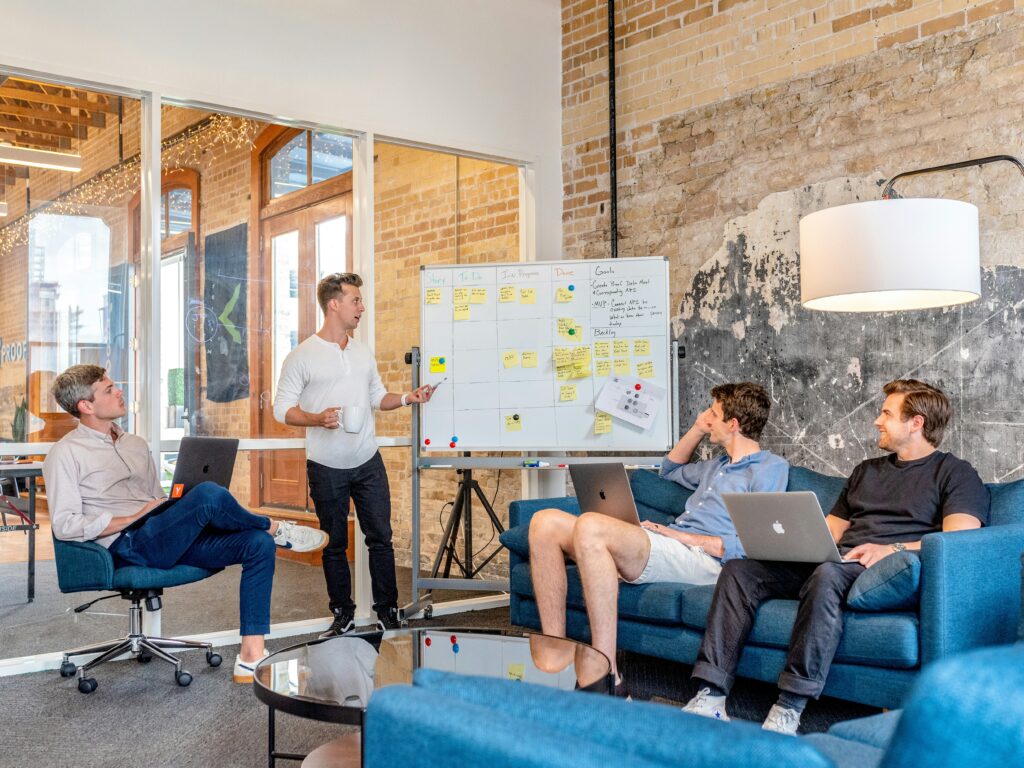Robotics was already buzzing last year, but 2025 is shaping up to be even more intense. Startups in the robotics space have already secured more than $6 billion in funding so far this year, according to Crunchbase data. With five months still left on the calendar, the sector is well on track to surpass last year’s totals.
Let’s dive into where the biggest investments are going and what kinds of robots and software are drawing all this attention.
The Largest Robotics Rounds of 2025
While humanoid robots often steal the headlines, the biggest funding rounds this year reflect a much broader mix of robotics innovations, from surgical tools and operating systems to AI-driven manufacturing automation. These startups aren’t just clustered in Silicon Valley. They span the U.S., China, Europe, and the Middle East.
Here are some of the most heavily funded robotics startups so far in 2025
Humanoid Robots.
It’s no surprise that many of the most talked-about startups are building humanoid robots, machines designed to mimic the form and functionality of human beings.
Raised: $403 million
Backers: B Capital, Capital Factory
Austin-based Apptronik, a spinoff from UT Austin, is behind Apollo—a humanoid robot designed for work in manufacturing, warehouses, and logistics. The company touts Apollo’s human-like shape as an advantage, allowing it to operate existing equipment and navigate spaces built for people.
Raised: $154 million
Headquarters: Beijing
Galaxy Bot is working on multipurpose humanoid bots for home chores, stocking shelves in retail stores, making deliveries, and sorting items in factories.
Raised: $150 million
Backers: Greenoaks
Founded by ex-Cruise CEO Kyle Vogt, The Bot Co. wants to build every household’s dream assistant—a humanoid that handles everyday tasks.
Robotics in Medicine
Beyond humanoids, medical robotics startups are also seeing a surge in funding, especially those targeting surgery and prosthetics.
Raised: $650 million
While often categorized under neurotechnology, Elon Musk’s Neuralink uses surgical robots to implant brain-computer interfaces and is exploring robotic prosthetics as part of its vision.
Raised: $200 million
Based in the UK, CMR is building a next-generation soft-tissue surgical robot and has raised funds through a mix of equity and debt.
Raised: $125 million
This Israeli company is developing a robotic surgery platform for eye procedures and secured its Series B in June, led by Eclipse Ventures.
Powering the Robots: Software, AI, and Autonomy
Not all robotics startups are building physical machines—many are developing the brains behind the bots.
Raised: $135 million
Backers: Nvidia, Samsung, SoftBank
Pittsburgh-based Skild AI is creating AI tools to help machines operate intelligently in the physical world—a critical component for any autonomous robot.
Raised: $400 million (late 2024)
Backers: Jeff Bezos, Lux Capital, Thrive Capital
This San Francisco startup is working on general-purpose AI with real-world applications. The massive funding round from late 2024 is still making waves this year as the company gears up for deployment.
Is the Funding Frenzy Justified?
With so much capital pouring into robotics, it’s fair to ask: Are we throwing too much money at an idea still far from being commercially viable?
Veteran roboticist Rodney Brooks—founder of iRobot—doesn’t think humanoid bots are anywhere near ready for prime time. In a 2025 forecast, he predicted we’re still a long way off from deploying humanoid robots with even “minimal performance” at scale.
His point? The journey from prototype to commercial reality, especially in robotics and AI, is almost always longer than expected.
Conclusion
Despite the doubts, the upside is huge. If even a few of the companies funded this year succeed in bringing their robots to market, whether for homes, factories, or operating rooms, we could be on the cusp of a new era in automation.
Until then, the robotics space will continue to be one of the most high-risk, high-reward sectors for investors and technologists alike.








